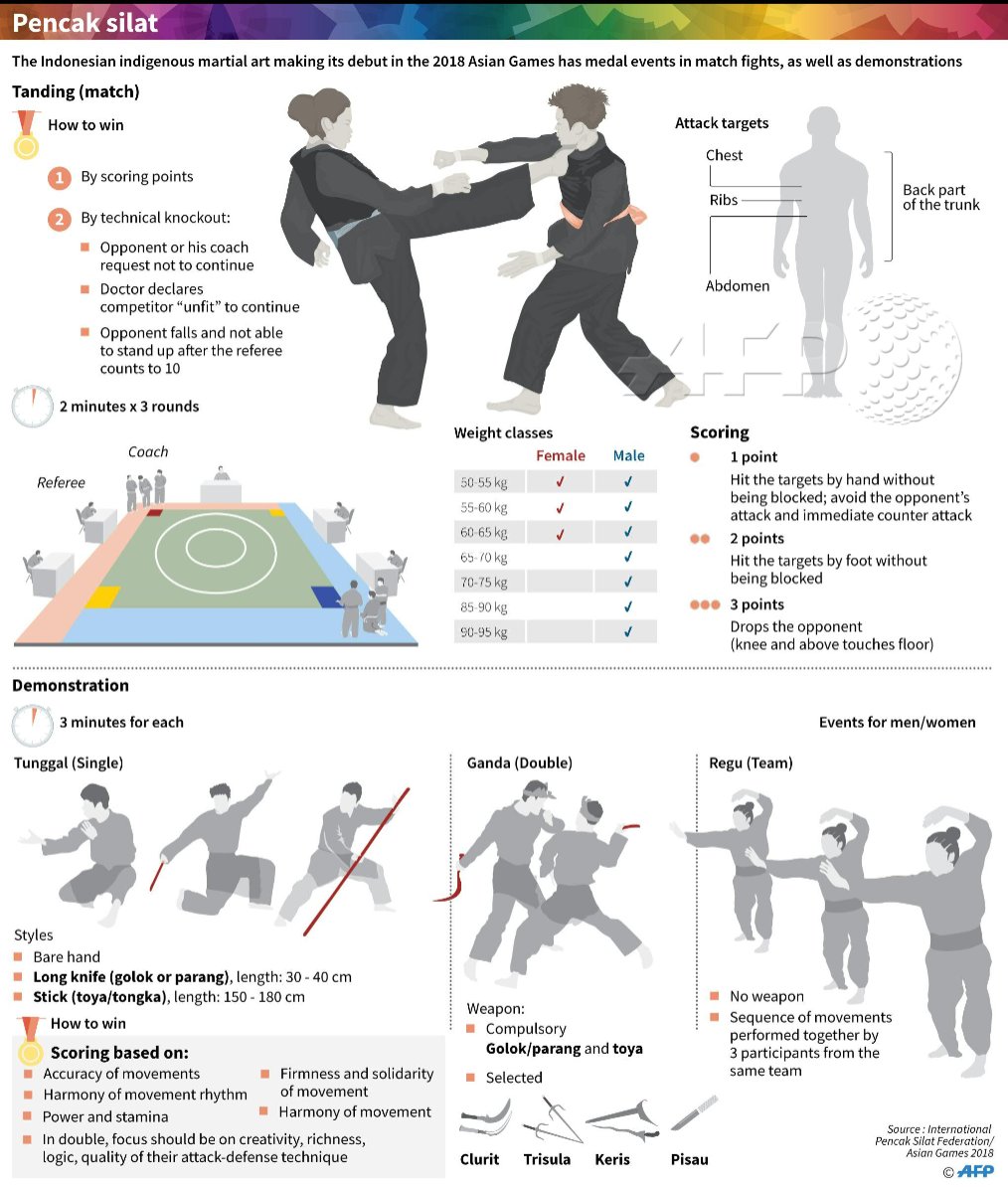Exactly How Does The Concentrate On Self-Control In Conventional Martial Arts Comparison With The Affordable Facet Of Contemporary Battle Sporting Activities? Learn About The Essential Differences That Can Assist Your Development
Exactly How Does The Concentrate On Self-Control In Conventional Martial Arts Comparison With The Affordable Facet Of Contemporary Battle Sporting Activities? Learn About The Essential Differences That Can Assist Your Development
Blog Article
Material Develop By-Bright Hovgaard
When you think of martial arts, do you lean more towards the traditional techniques or the contemporary battle sports? Each path supplies one-of-a-kind benefits and experiences, formed by their philosophies and training approaches. Conventional martial arts emphasize individual development and discipline, while modern combat sporting activities concentrate on competitors and efficiency. Understanding these differences can lead you in choosing the right strategy for your journey. Yet exactly how do these differences show up in training and philosophy?
The Approach and History Behind Traditional Martial arts
While many people associate martial arts with physical combat, the ideology and background behind typical martial arts run much deeper. You'll find that these techniques highlight individual growth, self-control, and respect.
Stemming from old methods, standard martial arts were commonly developed for Self-Defense and spiritual growth. They personify concepts such as balance, consistency, and self-constraint, directing experts beyond plain combating abilities.
As you train, you'll not just discover techniques however likewise acquire understandings right into the society and values that formed these arts. The rituals and traditions, often passed down via generations, promote a sense of area and belonging.
The Competitive Nature of Modern Battle Sports
Modern fight sporting activities have actually transformed the landscape of martial arts right into a very competitive arena, where athletes challenge in a test of ability, method, and endurance.
You'll see that competitions are often organized with strict regulations and laws, guaranteeing fair game and safety and security. These occasions bring in big audiences, fueling the enjoyment and intensity of matchups.
Athletes train carefully, not just for physical prowess however likewise for psychological durability, understanding that every information counts in the ring. emperado kajukenbo throughout competitions is palpable, as boxers push their restrictions to assert success.
mouse click the next webpage and virtuosity entailed, making modern-day combat sporting activities a thrilling phenomenon that remains to advance and astound lovers all over the world.
Training Approaches and Methods: A Comparative Evaluation
The competitive environment of modern fight sports demands cutting-edge training approaches that vary dramatically from conventional martial arts.
In modern-day training, you'll concentrate on specific techniques, competing, and conditioning, usually using drills that simulate actual battle scenarios. You'll see a focus on quantifiable efficiency and regular competition to analyze your skills.
On the other hand, traditional martial arts focus on types, katas, and philosophical mentors, commonly highlighting discipline and respect over competition.
Training is typically much less intense and may entail repetitive practice instead of real-time sparring.
While both techniques develop ability and physical fitness, contemporary combat sporting activities give an extra vibrant and versatile training setting, preparing you for prompt challenges in the ring or cage.
Pick the course that aligns with your objectives and rate of interests.
Verdict
In choosing in between standard martial arts and modern combat sports, it truly boils down to what you value many. If you're trying to find individual growth, self-control, and a feeling of community, typical arts could be your best fit. But if you prosper on competitors and real-time difficulties, modern fight sports could be the means to go. Eventually, both paths offer special advantages, so it's all about straightening your training with your personal objectives and rate of interests.
